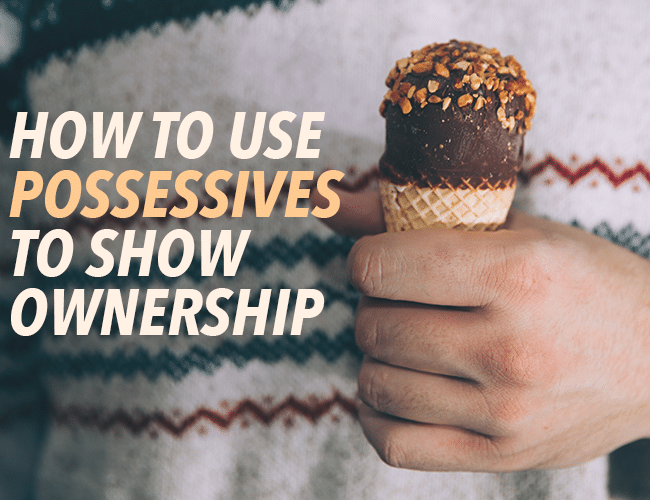
by Liz Bureman |
If the semicolon was just a little less top-heavy, then it would be a comma, and rightfully used and appreciated. Sadly, many writers have a confused relationship with the semicolon, not really sure how or when to use semicolons in their lovely sentences.
Don’t worry, little semicolon. Your virtues will not be lost on this audience as long as I have a say in it.

by Liz Bureman and Sue Weems |
Most of the fun of writing is using your words to tell a story. They course across the page, delighting in the joys of Maureen finally finding her Henry, shuddering as Ingrid uncovers her third dead body of the day, or mourning with Carlos for his lost mother. But I’m not here to talk about words. I’m here to sing the praises of punctuation; specifically, the Oxford comma.
Most people I’ve met have no idea what the Oxford comma is, but it’s probably something that you have used in the past. What is it?

by Liz Bureman |
The primary rule of thumb when it comes to affect and effect is the following:
Affect is a verb. Effect is a noun.
Knowing this will generally get you through most confusion between these two words.

by Liz Bureman |
Possessives are a funny thing. When used correctly, they add much-needed clarity to our sentences. But they seem to confound our apostrophe rules.
Let’s sort out this grammar conundrum, shall we? With these rules mastered, you’ll clear up your readers’ confusion and use possessives like a pro.

by Liz Bureman |
Back at the end of April, we discussed using the Myers Briggs Type Indicator to develop your characters. We covered the more obvious personality traits: Extroversion vs. Introversion and Thinking vs. Feeling. I would feel bad if we didn’t take the plunge into rounding out all of the elements of the Myers Briggs test, so here we’re tackling Intuition vs. Sensing and Judging vs. Perceiving, which are often the harder Myers Briggs character traits to explain.




